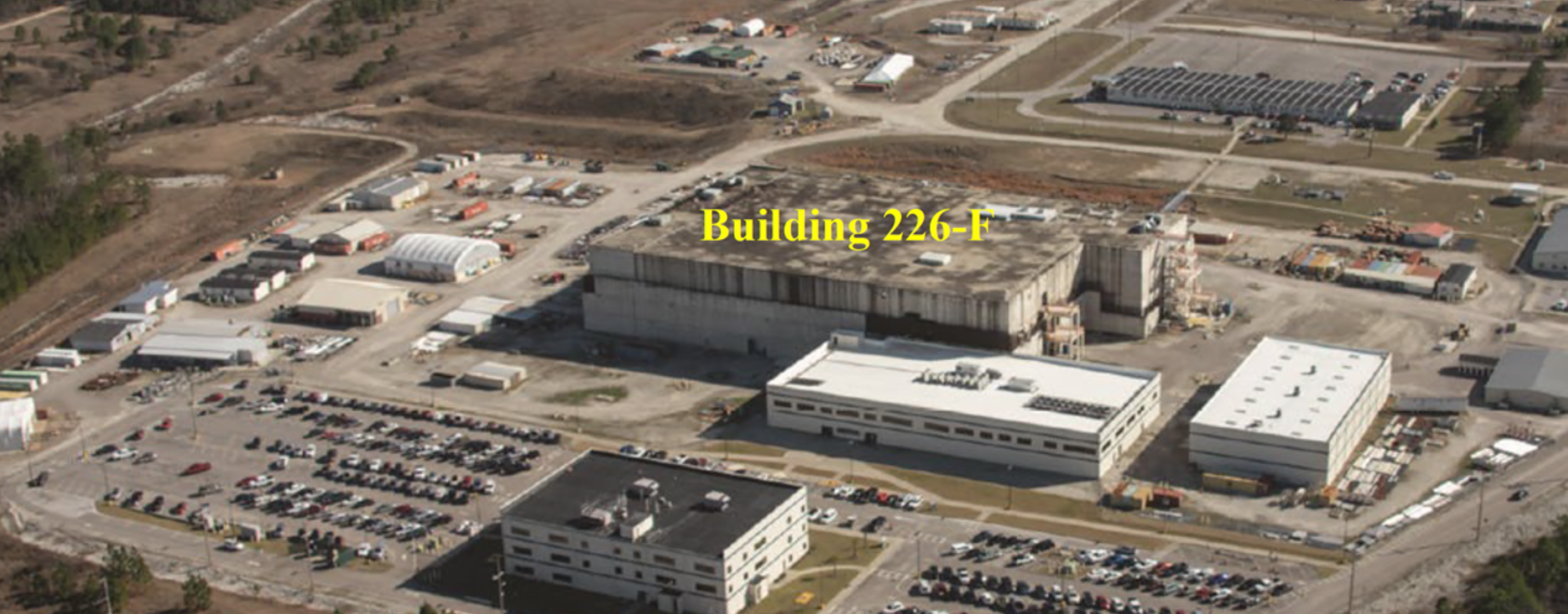Hundreds of IBEW members are set to build and then staff a facility that makes the plutonium pits that go inside every nuclear weapon in the U.S., thanks to a new project labor agreement signed in October by Augusta, Ga., Local 1579 Business Manager Will Salters.
Once construction kicks into high gear, the Savannah River Plutonium Processing Facility is expected to employ anywhere from 400 to 600 IBEW members, Salters said, with the project expected to take up to 10 years to complete. After that, more than 1,800 people are expected to work at the facility, including a yet-to-be-determined number of highly skilled IBEW members to handle maintenance and other work at the facility.
“It keeps the community working,” Salters told WJBF, a TV station in Augusta. “It’s huge.”
PLAs set projects’ working terms to help ensure that they are completed safely, on time and under budget. Just as importantly, they provide for good pay and benefits for workers, which in turn supports those workers’ communities. “This PLA makes the building trades exclusive to the project,” said Salters, who also is president of the 19-member Augusta Building and Construction Trades Council.
“The pit project is going to be a slow start, eight to 10 people,” Salters said about the project’s ramp-up. Over the next year and a half, these IBEW members will be installing temporary power at the SRPPF near Aiken, S.C., inside Local 1579’s jurisdiction. Workers from other trades are handling demolition and other infrastructure projects.
Every nuclear weapon in the U.S. contains a pit of processed plutonium the size of a bowling ball. The U.S. has a stockpile of pits that were produced from 1978 to 1989, but over time, pits break down naturally and need to be replaced.
Federal law requires the Department of Energy’s National Nuclear Security Administration to facilitate production of at least 80 war-reserve plutonium pits per year by 2030. For that reason, the U.S. government considers the SRPPF project crucial for its long-term strategy for maintaining the nation’s stockpile of nuclear weapons. When it’s operating at full capacity, the facility in Aiken is projected to produce at least 50 pits, with a sister facility at Los Alamos National Laboratory in New Mexico producing the remaining 30.
The SRPPF project is inside what’s known as the Savannah River Site, a 310-square-mile plot of land near the border between South Carolina and Georgia.
From 1953 to 1988, five reactors at the SRS produced about 36 metric tons of plutonium for use in nuclear weapons. The demand for such large amounts of nuclear material declined dramatically after the fall of the Soviet Union, and the site’s production facilities were gradually shut down into the early 2000s.
This new project calls for converting what was originally designed to be the Mixed Oxide Fuel Fabrication Facility into the SRPPF, a move that will allow the Nuclear Security Administration to make full use of the secure and seismically safe three-story structure, which already contains a lot of what the SRPPF will need, such as office and manufacturing space, plus security and fire protection systems.
“Any time our local union members can find work in the Central Savannah River area, their families and communities benefit as well,” Salters said. “The timing could scarcely be better with the Vogtle project winding down.”
Salters referred to the massive project to build two new nuclear reactors near Waynesboro, Ga., at Plant Vogtle, the first new nuclear power plant units constructed in the U.S. in more than 30 years. Hundreds of IBEW members — mostly from Local 1579 but travelers from other locals as well — can boast that they were working on a project that was, at one time, the largest construction project in North America. Fuel loading is underway for one of the reactors, while the other one is still under construction. About 1,200 members continue to work on both sites. (Read more about it in the August 2018 Electrical Worker.)
Because SRPPF is a large-scale federal project, Salters said, Davis-Bacon rules providing for the payment of the area’s prevailing wage automatically apply. The trades council also successfully negotiated for agreement language protecting such items as shift-differential pay and breaks.
“I think it’s all going to work out well,” Salters said.
Meanwhile, Local 1579 remains busy getting new members on board to help fill these and other jobs in the pipeline. “We’re always organizing,” Salters said.
Also, the local recently bought land outside of Augusta for the construction of a $2 million upgrade to its joint apprenticeship and training center. “Our JATC is really humming,” he said. “We were used to having 30 apprentices a year. It’s 100 a year, now.
“We’re blessed,” Salters said. “We’ve got it pretty good.”

